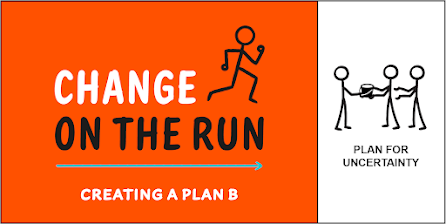This post's podcast episode is available at Sounder, Apple Podcasts, Google Podcasts, Stitcher and Spotify.
When you are short of time, here is the one action that will give you 80 percent results in 20 percent of the time.
DO THIS
Be the first to respond.
BY DOING THIS
– Get the facts.
– Determine what’s required to stop damage.
– Communicate the specific steps being taken (to get back to normal).
Too often, people panic during an emergency. The “fight, flight or freeze” response kicks in, emotions flare up and reactions intensify. With all this commotion, most people don’t focus on addressing the crisis, assuming others will take the lead.
Emergencies are excellent opportunities to take charge and show what you’re capable of. First, figure out what needs to happen to stop the damage. Speak to those closest to the situation to gather facts. Discuss options, gain agreement and then suggest who’s best to activate the option you’ve agreed on.
Once you neutralize the situation, identify the steps needed to return to normal operations. After getting agreement, communicate the recovery plan to leaders and others. Afterward, review what worked and what didn’t to guide how you’ll respond to future situations.
KNOWLEDGE BITES
Speak to key leaders in person to immediately answer questions and avoid misunderstandings or knee-jerk responses.
The Addressing an Emergency podcast episode with business and market development expert David Donaldson.
Phil Buckley is the author of Change on the Run and Change with Confidence, host of the Change on the Run podcast, and co-creator of the Sharing Change with Confidence Newsletter.
#change #changemanagement #business #transformation #leadership #emergencymanagement #podcasts









